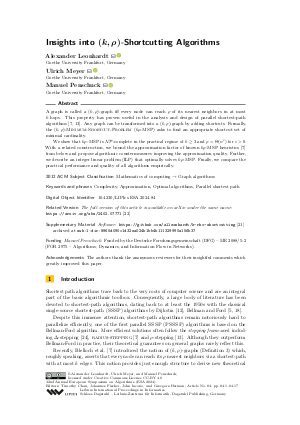LIPIcs.ESA.2024.84.pdf
- Filesize: 3.16 MB
- 17 pages

 Creative Commons Attribution 4.0 International license
Creative Commons Attribution 4.0 International license













Feedback for Dagstuhl Publishing